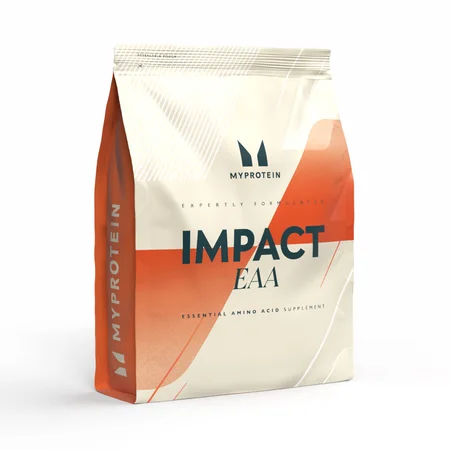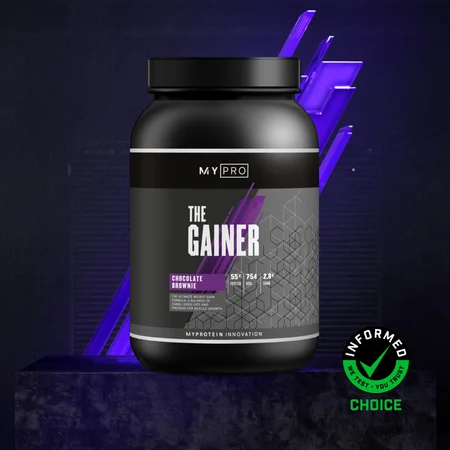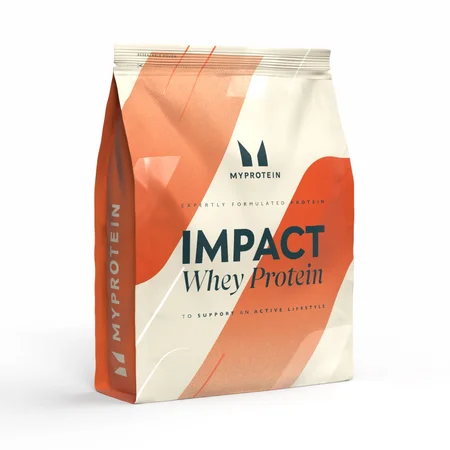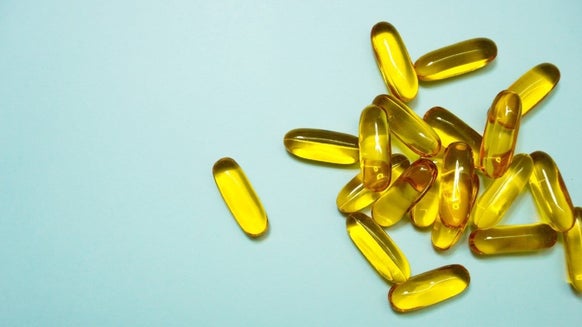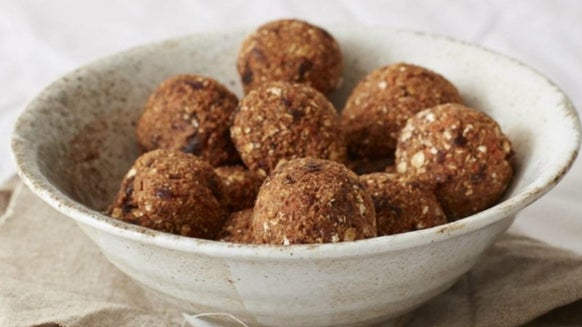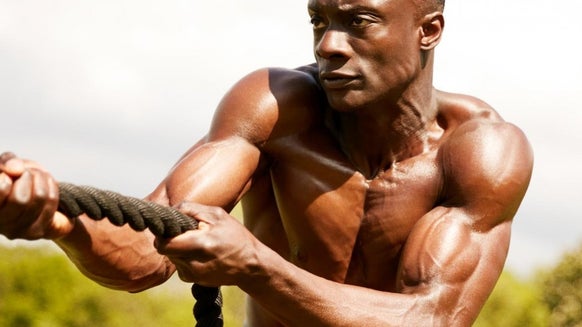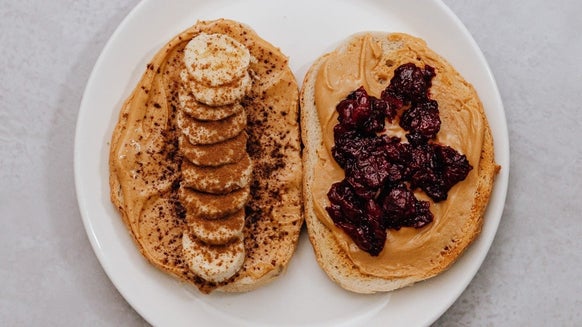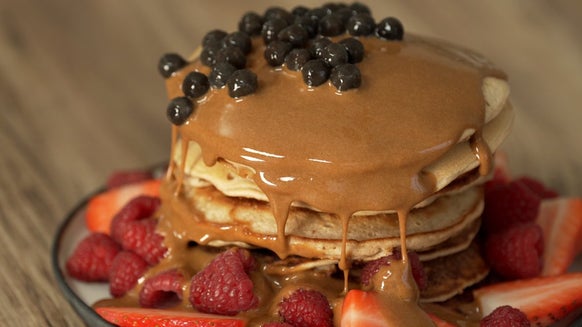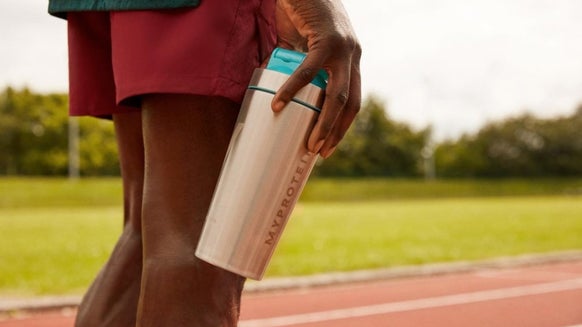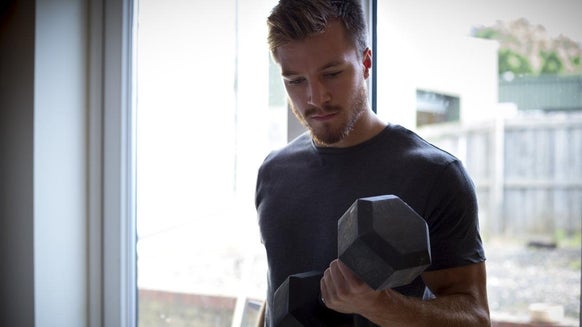6 Foods For Your Muscle Building Meal Plan
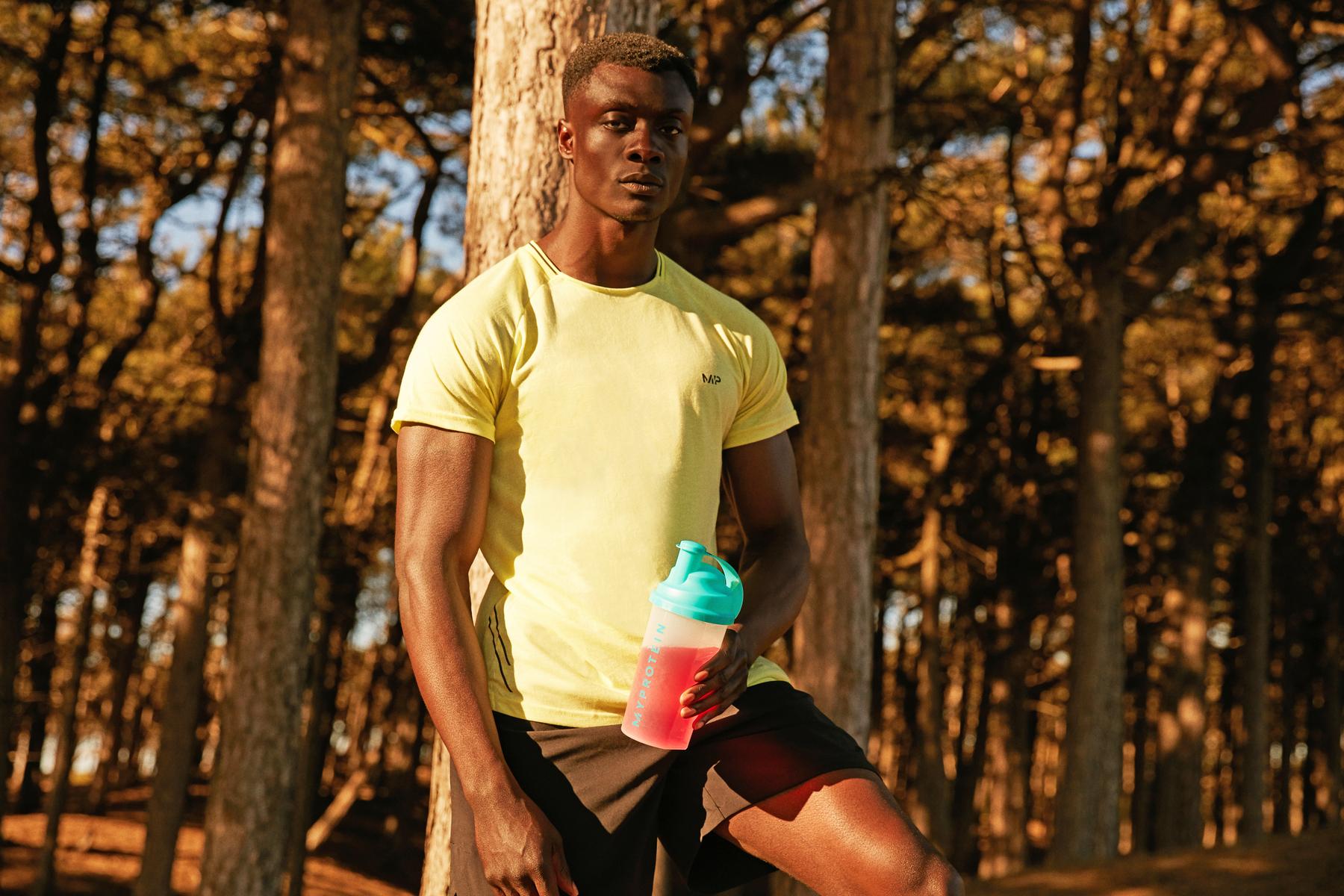
Muscle building is a complex process that boils down to two crucial factors — resistance (strength) training and adequate protein and calorie intake. When trying to bulk up or build muscle, it’s crucial that you eat enough calories and quality protein sources throughout the day. While protein shakes can play a role on-the-go or to add some extra protein to your diet, the following list of foods will help you make the most of your meals to support the muscle-building results you’re working for.
How much protein do you need in a day? The typical recommendation is between 0.8-1.2g of protein per kilogram of body weight, while bodybuilders might consume upwards of 3g/kg each day. However, research has shown that excessive amounts of protein (above 1.6 g/kg per day) don’t have additional anabolic (muscle building) impact.1
For example, an 80 kg individual would aim to consume between 64 and 128 grams of protein per day, which is a very large range. When you calculate your protein needs, consider what your workout will look like for the day and how likely you are to build muscle. Research consistently supports that high-protein diets and protein supplements are key factors to building muscle.
The majority of foods discussed in this article will be those that are high in protein. However, you won’t be able to build muscle from that protein if you don’t eat enough calories overall. To make gains in muscle, you’ll need the fuel from a well-balanced diet.
While protein is the main component of muscle tissue, performance suffers when you cut carbohydrates too low. Carbs are the main fuel for our muscles, while protein can help them repair. Healthy fats play key roles in many of our body’s functions, so getting a mixture of healthy foods — carbs, fats, and protein — is important no matter what your body composition goals are.

The 6 Best Foods to Build Muscle
When you think about foods that are high in protein, many times you think about animal-based foods – meats, poultry, fish, eggs, etc. However, don’t forget that including plant-based proteins is just as important. Varying your protein sources will also vary the amino acids in your diet, which is key to building healthy muscle. Here are some ideas of high-protein foods, and ways to incorporate them into your daily routine. While many foods are high in protein, there are better choices and less healthy options in each group, highlighted below.
1. Poultry – turkey, chicken, eggs
When it comes to poultry, make sure you are choosing white meats and skinless when possible. Buying ground turkey or chicken as a substitute for ground beef could be a lower fat choice. Check to see if the meat is lean and that skin was removed before grinding. White meat poultry protein sources are commonly used as main dishes for evening meals, while eggs are versatile for any time of day, not just breakfast. Even though turkey and chicken are also available as lunch meats, choose roasted whole breasts when possible to avoid extra sodium and other additives.
2. Fish – salmon, tuna, shrimp, oysters
Fish is another meat-alternative main dish that provides a lot of protein without a lot of calories. Fish varies from very low in fat (shrimp) to higher fat options (salmon), but all varieties are high in protein. When it comes to cooking fish, try not to add too much fat by choosing baked, broiled, or grilled preparations. Fish can also be a very budget friendly source of protein when purchasing canned tuna, salmon, or sardines. Adding some canned fish to a salad is an easy shelf-stable protein option for people on the go.
3. Meats – beef, pork, etc.
Red meats and pork are very common in the Western diet and it’s easy to overdo it in terms of portion size. These protein sources can also be loaded with fat and calories. Choose lean cuts whenever possible and watch your portions to avoid too much saturated fat. Lower fat cuts of meat work well for slow cooking and roasting to keep them tender and tasty. Meats make great entrées and easy leftovers for lunches the next day. Limit red meats and high-fat pork products to once per week if possible.
4. Dairy – milk, yoghurt, cheese
The dairy group is a popular choice for high-protein food due to the wide variety of dairy products. In addition to being high in protein, dairy foods are often also high in calcium, a crucial nutrient for bone health. Strong, healthy bones are crucial for sustainable, lifelong exercise. Dairy foods vary widely in their use and processing; try to avoid large amounts of high-fat sources (cheese, whole milk) and focus on those without added sugars (i.e. plain Greek yoghurt instead of flavoured).
Dairy products work from your breakfast smoothie through to a glass of milk with dinner. If you avoid dairy products, check that your plant-based alternative products have added calcium and protein. Rice and almond “milks” are usually very low in protein. To use dairy foods for extra protein, add cottage cheese for a snack or use milk in shakes and smoothies instead of water.
5. Grains, legumes, and pulses
Plants aren’t usually the first foods you consider when it comes to protein, but there are many plant-based options for protein consumption. Vegan and vegetarian bodybuilders can maintain their protein needs with a variety of beans, peas, lentils, and wholegrains. Whole wheat bread or brown rice are higher in protein than their refined counterparts, while quinoa is a great protein source on its own.
Similar to animal protein sources, the types of amino acids vary between plants, making combinations of plant-based proteins (i.e. rice and beans) the best way to obtain all of the essential amino acids our bodies need. Soy beans fall into this group, with a wide variety of soy and tofu products available for purchase at most grocery stores. For a protein punch, add some beans to your salad or swap out your pasta for quinoa or millet. Even if you are a meat eater, choosing these foods more often is an easy way to boost your protein intake for the day.
6. Nuts and seeds
Nuts and seeds are additional sources of plant-based protein power. While peanut butter is a common option, shelled raw nuts (without added salt) are easy to carry for snacking on the go. If you’ve only ever used peanut butter, experiment with almond butter or sunflower seed butter. Chia or flaxseeds are incredibly nutritious options to add to smoothies or oatmeal. While nuts and seeds can be high in calories, they contain high amounts of protein per gram and heart-healthy fats.

Other sources and supplements for muscle-building
Most foods contain all three macronutrients (carbs, fat, and protein) in some amount, but the previous list of foods contains high ratios of protein, making them perfect for a muscle building diet. When you’re looking for supplemental protein, there are a wide variety of protein powders and prepared beverages on the market. You can read other articles about the benefits of whey protein and protein shakes on building muscle, primarily their convenience and ease. When you combine a healthy eating pattern with high-protein foods and appropriately timed supplements, you set your muscles up for success.
Summary
Breakfast options – eggs, cheese, milk, oatmeal with chia seeds and/or protein powder, lean turkey breakfast meats Morning snack – yoghurt or cottage cheese, wholegrains, legumes, pulses Lunch – wholegrains, meat, poultry, fish, soy products, nut butters, beans, peas Afternoon snack – nuts, seeds, cheese, wholegrains, pulses, beans Dinner – meat, poultry, fish, whole grains, milk, cheese Evening snack – milk, yoghurt, nuts
While this list looks repetitive, it’s only a suggestion of easy ways to incorporate these muscle-building foods in to your meal plan. You can choose your favourite foods in each group, make a chart, and make sure you include one or two in every meal or snack. When you combine proper resistance training with high-protein foods like these, you’re setting up the right conditions for muscle building.
Take home message
While we usually think about meat and protein shakes for protein in our diets, there are many more options for high-protein foods in every meal of the day. Varying your protein sources (between animal and plant-based options, especially) can provide a wide variety of amino acids that optimise muscle growth and recovery. If you’re trying to build muscle, keep your calorie intake up and supplement this high protein eating pattern with enough healthy carbohydrates and heart healthy fat to balance your meals.
READ THIS NEXT:

Claire is a Registered Dietitian through the Academy of Nutrition and Dietetics and a board-certified Health and Wellness Coach through the International Consortium for Health and Wellness Coaching. She has a Bachelor of Science in Biology and a Master’s degree in Clinical Dietetics and Nutrition from the University of Pittsburgh.
Talking and writing about food and fitness is at the heart of Claire’s ethos as she loves to use her experience to help others meet their health and wellness goals.
Claire is also a certified indoor cycling instructor and loves the mental and physical boost she gets from regular runs and yoga classes. When she’s not keeping fit herself, she’s cheering on her hometown’s sports teams in Pittsburgh, or cooking for her family in the kitchen.
Find out more about Claire’s experience here.
